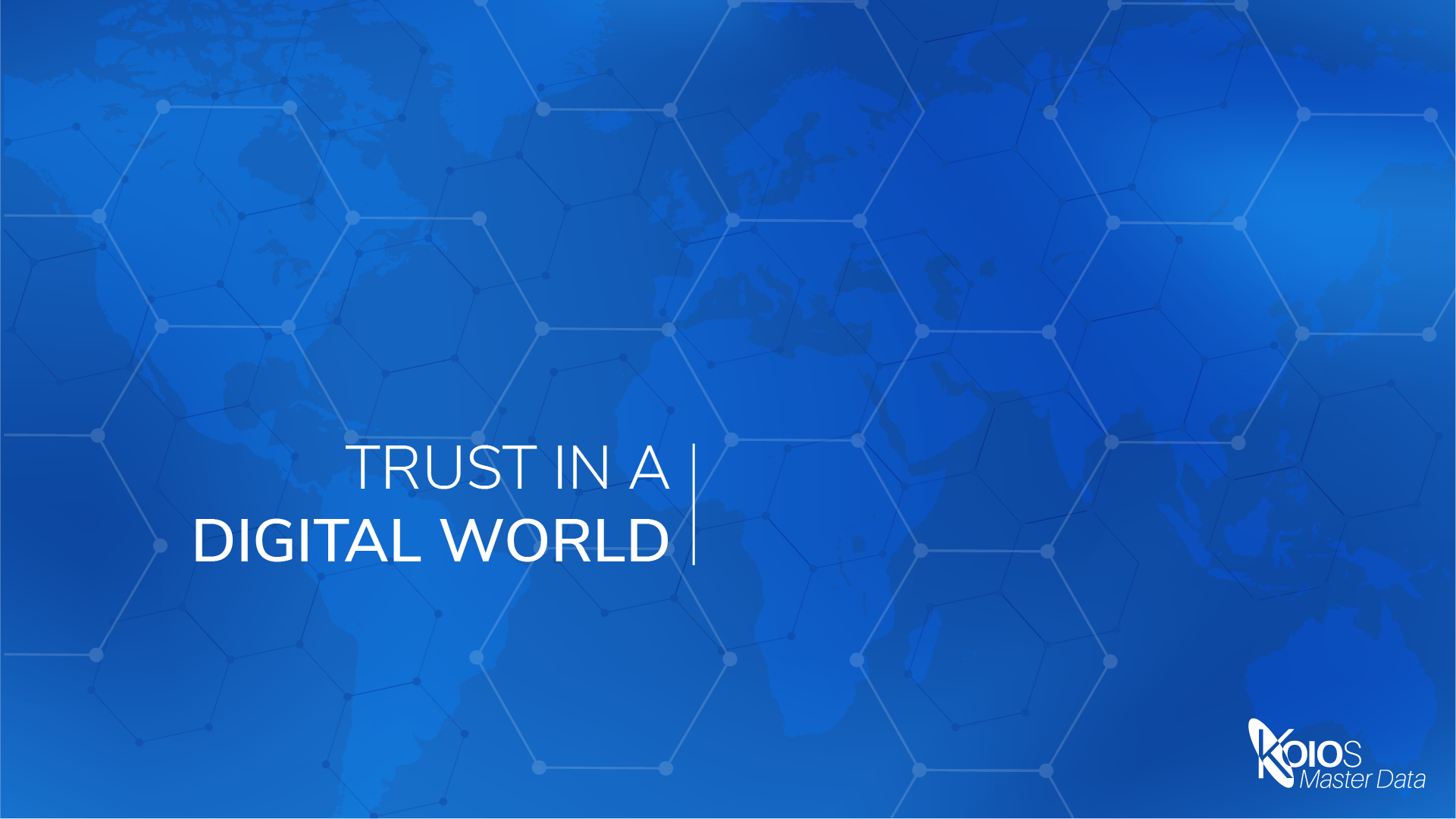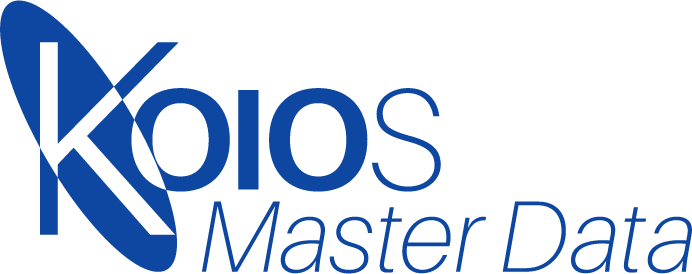No Results Found
The page you requested could not be found. Try refining your search, or use the navigation above to locate the post.

In the UK when we move house, we currently have to individually inform many different public and private organisations, including subsidiaries of parent organisations we may already have contacted.
This is not only a waste of time for all parties, it inevitably leads to errors in adding these records into the multiple databases, hence why there is a major industry sector involved with updating name and address records in the customer relation management databases of both public and private sector organisations.

Trust is a risk judgement between two or more people, organizations or nations. In cyberspace, trust is based on two key requirements:

A hyperledger application could allow the creation of golden records so that users can choose who they share their data with, ensuring all records are current and verified.
Businesses often find ‘permissioned’ block chains far more appealing than Bitcoin’s unpermissioned model, because specific parties are authorized to verify transactions. This allows the businesses to create secured, shared, private networks involving mutually trusting firms and individuals.
Public authorities are likely to adopt permissioned, public, shared systems
A permissioned, public, shared system based on Hyperledger technology would enable users to upload their personal address data to a single site, and decide who to share it with. As the data exchange would be digital, the number of errors in organisation databases would be vastly reduced, as would the time and cost of updating all these disparate databases.
The details would have the provenance of the individual, and verification built into the system so that multiple documents are not required as evidence.
An e-government scheme could easily be extended to cover this use case.
The private sector however, is predicted to adopt permissioned, private, shared systems.
Smart contracts are being considered for a wide variety of uses, particularly for regulatory compliance, product traceability and service management, and also to defeat counterfeit products and fraud in the following sectors:
A lot of sectors are examining how they can benefit from blockchain technology.
I chair a working group looking at master data management practices in blockchain solutions. This working group was set up as a result of a UK Government report.
The working group consists of representatives from industry, academia, and government who are working together to look at where this technology can help with regulatory compliance.
You saw in the earlier IBM video, that traceability of foodstuffs, known as the farm to fork solution, is a potential use case for blockchain.
I am delighted to announce that today, my company, KOIOS Master Data has been awarded a UK Government innovation grant to examine the use of artificial intelligence and distributed ledger technology incorporating international standards.
The use case is smart borders based on the World Trade Organization facilitation of trade agreement, that agreement is designed to lead to intelligence led, computerised pre-clearance of consignments.
The adoption of blockchain in this area, along with the ISO 8000 identifiers will enable customs authorities to identify irregular trends in shipping patterns, or supply chain irregularities, well before it is possible currently using existing systems.
The system will also allow for the automated mapping of tariff codes to the product specification, as the adoption of ISO 8000 will make all this data machine readable, so enabling the power of artificial intelligence to automate what is currently a very manual and subjective process.
So, it is not only the big organisations who can influence the future. Smaller organisations with a high level of subject matter expertise can be far more knowledgeable and agile than large organisations.
Scalability of these solutions is far less of an issue for small companies with distributed ledger technology than it is with large, monolithic, single instance, central databases.
KOIOS has been working on developing the potential for this solution for a number of months.
We are not blockchain experts, so we worked with the University of Southampton computer sciences and machine learning centres to employ two interns, one for the artificial intelligence element, and one for the blockchain element.
The work that Callum and Marcin did over the summer got us to a position to launch our bid for the funds.
The combination of our interns, our young team of developers and operations staff combined with our experienced directors and our domain knowledge created a compelling use case.
You may be aware that smart borders and international trade are hot topics in the UK at present, so the timing of the grant is very opportune.
We will continue our engagement with the University of Southampton to develop a working solution, probably using Hyperledger Fabric
Using Artificial Intelligence and Distributed Ledger Technology with ISO 8000 Authoritative Identifiers and product data to address international trade and counterfeiting challenges.
This type of system is the basis for smart borders. The WTO facilitation agreement, and the Technical Barriers to Trade Agreement, commit countries to moving towards intelligence led, computerized pre-clearances.
Let us reflect for a moment on what we have discussed so far. Let us reflect for a moment on what we have discussed so far.
The advantages of such a smart contract solution for international consignments include: provenance of the data records through the use of authoritative identifiers; quality, machine readable, data to international standards; known and identified trusted parties in the contract; ability to track the chain of custody through immutable records.
We also believe that this solution will play a part in reducing the problems caused by counterfeiting.
I have detailed here some of the steps we have included in our outline proposal for smart borders.
We will also work with parties in the supply chain from manufacturers of items, through third party logistics companies, to freight forwarders and shipping companies, and also with customs authorities.
If you are one of those parties and wish to join us on our journey please speak with me later this evening
There are many sources of information on the internet, some of them more reliable than others. I have used the following resources to create the content for this talk.
As we have discussed, small businesses are much more responsive to customer needs than large businesses, and as small businesses adopt new strategies and technology they force larger incumbents to adapt and improve.
Disruption is inevitable.
To finish, I would like to share with you one more video that sums up some of what I have highlighted in this post.
Distributed Ledger Technology: beyond block chain
A report by the UK Government Chief Scientific Adviser
ISO – The International Organization for Standardization
IBM
hyperledger.org
UK Government Office for Science
The intern programme from the University of Southampton
The page you requested could not be found. Try refining your search, or use the navigation above to locate the post.

Here I am writing a blog about disruptive and innovative master data management (MDM) solutions, so why I have started my blog defining such a constraining document as a standard? Ask your MDM software supplier a simple question, which data quality standard is your software based on? Is it the standard that allows you to exchange multiple language specifications, portable data in other parlance? Is it the standard that allows for interoperability through the exchange of digital data? Is it the standard that enables the semantic web by creating open, computer interpretable data?
Why are these particular qualities important? The lack of portable digital data is held up as key constraining factors in four key areas:
It might seem a paradox that the disruptive solution to these issues is based on the international data quality standard, ISO 8000 [5], such documents are not normally seen as disruptive, the disruption comes because so few MDM solutions conform to the standard. In addition to the solutions to the issues outlined above, ISO 8000 insists that messages are exchanged in a resolvable format that allows the receiver to be assured it is trustworthy, and also addresses data quality “from the bottom up” concentrating on accurate property values and units of measure. As all experienced data quality managers know, the overuse of character, string or text fields in systems is the main cause of subsequent data quality problems.
The KOIOS Master Data cloud software conforms to ISO 8000. The software positively discourages the use of string fields, encouraging the user to create lists of values based on authoritative sources from the global concept dictionary that KOIOS has compiled. Where that approach is not suitable the software encourages the use of “representation” to constrain the value to its correct syntax, ensuring data quality is locked in at the lowest level. As all properties used to create specifications must have definitions, not user guides, the chances of loss of meaning when data is exchanged is dramatically reduced, this again is one of the key pillars of ISO 8000.
For manufacturers, KOIOS enables you to post a single version of the digital representation of your product specifications in the cloud, and allows you to control how your customers view your brand and product details, you can even control which fields you share with each customer.
For end-users, cataloguing at source (C@S) now comes alive. As end-users you are able to import product specifications created by the very people that manufactured the item, without third parties manipulating the data. These descriptions can be imported into your “PO text” field in full, ensuring your PO text is always understood by your supply chain, and enables you to create consistent “short descriptions” for those items ensuring reduced search times for users of your system.
Data cleaning is thus turned on its head by the use of data that is trustworthy. Now that is disruptive!
Bibliography
[1] New European Interoperability Framework Promoting seamless services and data flows for European public administrations NO-07-16-042-EN-N. 2017
[2] PAS-181 – Smart city framework guide to establishing strategies
[3] ISO/TS 18101 Oil and Gas Interoperability
[4] Digital Transformation Monitor Germany: Industrie 4.0 January 2017
[5] ISO 8000 (all parts) Data quality – Framework and the exchange of characteristic data
The management of product master data is having a revolution. The excellent data quality standards ISO 22745 and ISO 8000 from the International Organization for Standardization (ISO) in Geneva, Switzerland, have changed everything.
In order to adapt organisations need to adopt a new mindset, new tools, new processes, and importantly, people need education and training. Getting this right will lead to significant productivity improvements and an array of other benefits that include: more accurate ordering and a reduction in purchase errors, less operational downtime hunting for the source of supply for spares, greater detail and consistency of product data on eCommerce web sites, shared product specifications throughout the supply chain, less exposure to fraud and counterfeiting through the use of authorized legal identifiers and many more.
Data cleaning is now dead, as is the use of noun-modifiers to define product specifications. Cataloguing at source is the new paradigm. The best entity to describe a product is the manufacturer who designs and builds it, and their product data should be used throughout the supply chain. Doing so means everyone in the supply chain can share the correct product data; load it into their ERP, eCommerce, and/or Punch-out systems; order the right parts from the right supplier at the right time; and cut out expensive, and often inaccurate, data cleaning work. It means purchasing errors are significantly reduced, or eliminated entirely, and the risk of downtime whilst spares are sourced minimized.
The charts below lays out the key success factors organisations need to implement in order to benefit fully . Find out more at www.koiosmasterdata.com

